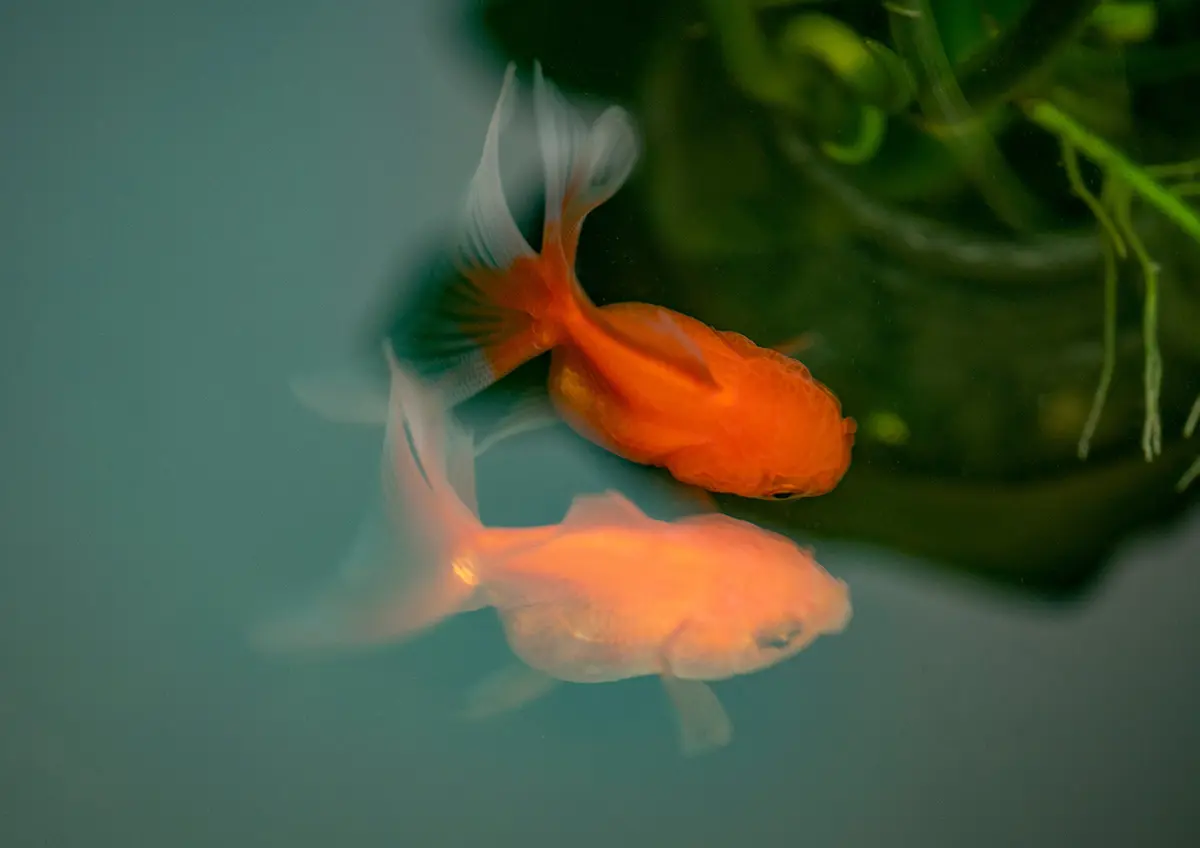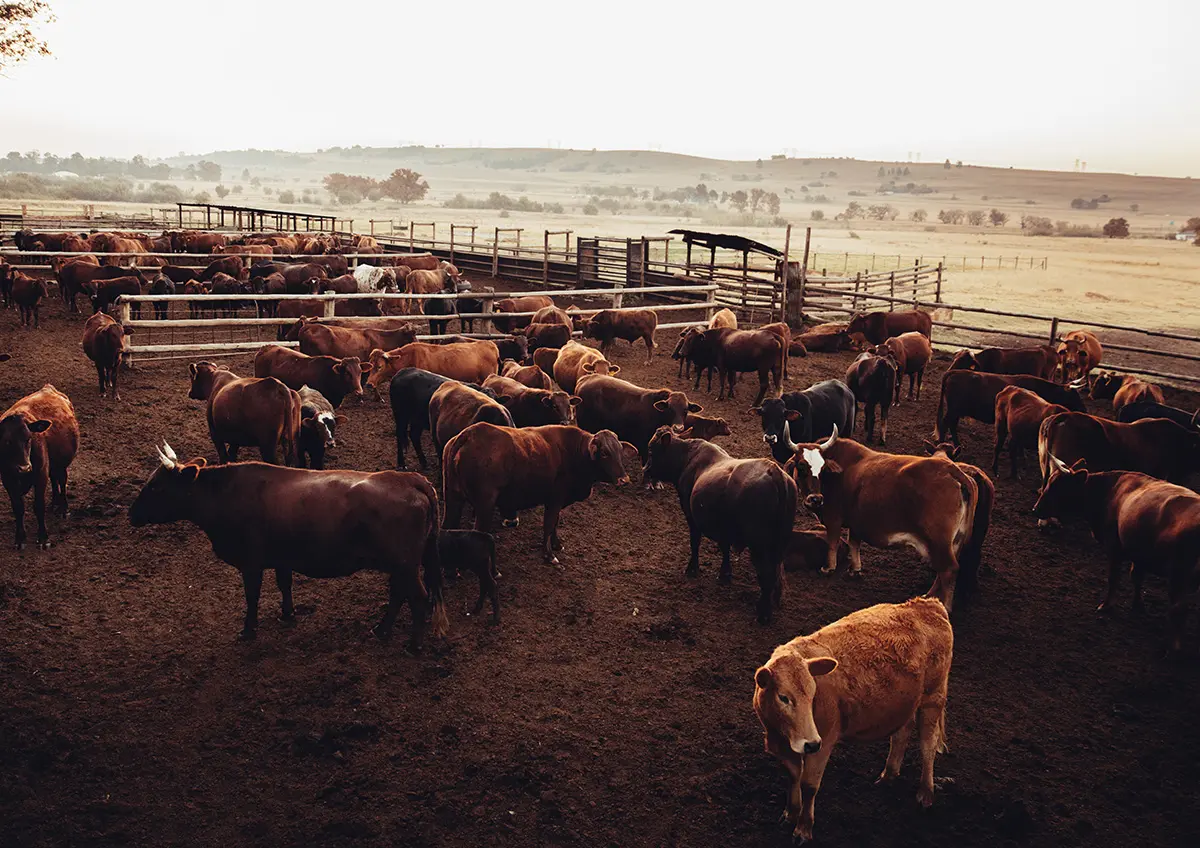How To Stop Water Troughs Going Green

Green water in troughs doesn’t just taste bad; it can affect the health of livestock, so prevention is essential. To stop water troughs going green, they must be cleaned regularly and tested for water quality. Preventative methods, including regular cleaning, reducing the water temperature, and monitoring nutrient levels, help minimise algae growth which gives the water its green colour. The first sign of algae in the trough should be addressed immediately, so we have created a guide to help you understand why water troughs go green, the devastating impact that can have on livestock, and how to prevent it.
Why Do Water Troughs Go Green?
The green colour in water troughs is caused by algae growth which has green pigmentation that filters throughout the water. If the trough is green, certain conditions have created the ideal photosynthetic environment for algae growth. For water troughs to turn green, they need a combination of the following elements:
- Warm weather. When temperatures begin to rise, algae may start to grow. This is because the warmer weather causes thermal stratification, where the surface layer of the water has a higher temperature than the layers underneath. Algae, like cyanobacteria, flourish in this water as they are one of the algae species that can float on the surface in this warm environment.
- Nutrients. Nutrients in the trough result from organic matter like an animal’s salvia, manure or other soil and dirt products being blown in. The algae responds and thrives in the presence of these nutrients.
- Calm water. Stagnant water is ideal for promoting algae growth as the lack of movement means no aeration and, thus, an ideal environment for the growth of bacteria like the algae cyanobacteria.
- Sunlight. As algae are photosynthetic, they require sunlight to grow and thrive. Increased sunlight combined with carbon dioxide, nutrients, and water causes algal growth.

How Does A Green Water Trough Affect Livestock?
A green water trough with algae has the potential to be detrimental to animal health. Green water tends to be unpalatable, so the livestock will be less likely to drink. Thirst will increase, and they may become dehydrated and unwell. Alternatively, the animals may look elsewhere for a water source and resort to even more contaminated water. All livestock have an amount of water they need to thrive. If that is restricted or removed, it can have a disastrous impact on health and productivity.
A water trough with algae like cyanobacteria is toxic to livestock. It produces neurotoxins (nerve toxins), hepatotoxins, and lipopolysaccharides. Neurotoxins affect the muscles and can cause paralysis, respiratory problems and death. Hepapotoxins can cause nausea, vomiting, muscle weakness and visual disturbances. Lipopolysaccharides are a skin irritant that can lead to dermatitis and conjunctivitis. Animals that have experienced toxic poisoning can also become photosensitive, experience sunburn and have feeding issues.
Tips to Prevent Water Troughs Going Green
Ensuring water troughs are clean and algae-free is essential to keeping livestock healthy all year round. Here are 14 tips to prevent your water troughs from going green:
- Inspect troughs daily. Inspecting water troughs daily will help prevent algae buildup. If there is any sign of changing water colour, or an odour, water testing can be done immediately to ensure it is not the toxic cyanobacteria type of algae.
- Regularly clean the trough. Clean the trough once a week to ensure it is algae-free. Empty the water trough and scrub it to remove algae, dirt or debris. Rinse the tank twice using a weak solution of bleach and water (1 part bleach: 9 parts water), then rinse again with fresh water and refill.
- Replace steel troughs. Steel tends to be heat-conducive and heats the water quickly, and algae is prone to flourishing in warm water temperatures. Replace steel troughs with plastic or cement troughs as they are much less conducive to heat, allowing water to stay cooler.
- Reduce the level of nutrients. Nutrients in the water result from organic matter that finds its way into the trough. These can be provided by livestock saliva, faeces, and other waste that might land in the trough. As algae relies on nutrients to thrive, reducing the level of nutrients will inhibit algae growth. You can do this by ensuring the animals are not grazing on sparse soil to eliminate residual soil getting into the trough. Alternatively, invest in a water trough that livestock can only drink out of and not rub up against to reduce the amount of saliva and faeces entering the trough.
- Employ fish friends/biological control. Fish can help reduce algae and keep the trough mosquito-free. You can use regular goldfish or a particular fish known for tank cleaning called plecostomus. These fish are well known for eating algae. If you decide to use fish for algae control, remember that fish need oxygen, so you may not want to crowd the trough with too many. As a rule, goldfish also do not like hot water, so keep water temperature low if possible. Remember to remove dead fish as you see them; they may release toxins into the water.
- Place trough under the shade. By moving the tank to the shade, there is little to no direct sunlight, which algae require to grow. You can move the trough to a treed area or build a shade structure over the top to reduce sun exposure.
- Use a solar-powered aerator. This system keeps water aerated and clean, preventing algae from building up. The solar panel supplies energy to the aerator, which breaks down the excessive nutrients to keep water clean.
- Use float valves. Including a float valve means water is constantly replenishing and, in turn, keeping the trough clean. Float valves regulate the flow of water into the trough, keeping it always moving. Livestock have a fresh supply of water, and algae is less likely to grow in conditions where the water is moving and clean. The Cocky Valve Full Flow Valves are designed to be under the water level in a trough and discharge sideways. They are only valves designed to move the water around the trough, not stirring up the muck at the bottom. When the valve is above the water, Cocky Valve Ulti Flo range is excellent at aerating the water leading to less algae growth. Aerated water is much better for your stock and can improve weight gain.
- Keep sick animals isolated. Water is a natural environment to spread diseases so it is advisable to keep sick animals from sharing the water trough. Make sure animals are isolated in a different place until health returns.
- Water testing. Water should be tested for nitrates, dissolved solids, faecal matter, ph levels and bacteria regularly. Annual testing is recommended to keep track of water quality.
- Put up railings. By putting up railings along the side of water tanks, urine or faeces are not as easy to get into the water trough area. Ensure the rail isn’t too low so animals can get their heads trapped under it.

*Talk to your vet or agricultural specialist before trying the following tips to ensure this is the best method for your troughs and livestock.
- Add copper sulphate. Copper sulphate comes in crystal form and must be mixed with warm water before adding to the trough. Using a bit at a time, add the copper sulphate mixture until the water becomes clear. Make sure it is dissolved before allowing livestock access to the trough. This is used as an algaecide water treatment to rid the trough of any algae growth. According to Primary Industries and Resources, SA, copper sulphate removes phosphorous, which is a food source for algae.
- Add barley straw. This chemical-free algae solution prevents algae growth. according to Monash University. It contains no pesticides or harmful ingredients and is an effective way to clean water. It won’t kill existing algae but retards algae growth. Place the barley straw in the bottom of the trough, and as it decomposes, it deoxygenates the water. The warmer the water, the quicker the barley straw breaks down and begins to work.
- Add bleach. According to NC State University, adding a small amount of bleach to existing water in the trough inhibits algae growth. You can add about 230ml of household bleach to every 3800 litres of water. The chlorine concentration in the water at 3 ppm (parts per million) is safe for livestock to drink and will help control algae growth. You must wait at least an hour before you let livestock drink from it, as the chlorine needs time to dissipate. Wait at least two hours on cooler days when the water is not as warm.
Clean, fresh water is vital for the survival of our livestock. On many farms, the primary water source is from a trough. However, when these troughs become overrun with algae and turn green, it jeopardises the wellbeing of our animals. We have outlined in detail the many methods you can use to keep your water trough clean and prevent the devastating effects green water can have on livestock.
